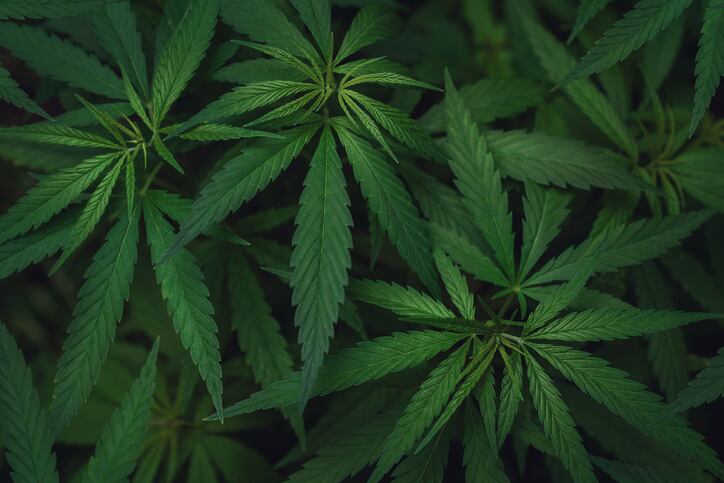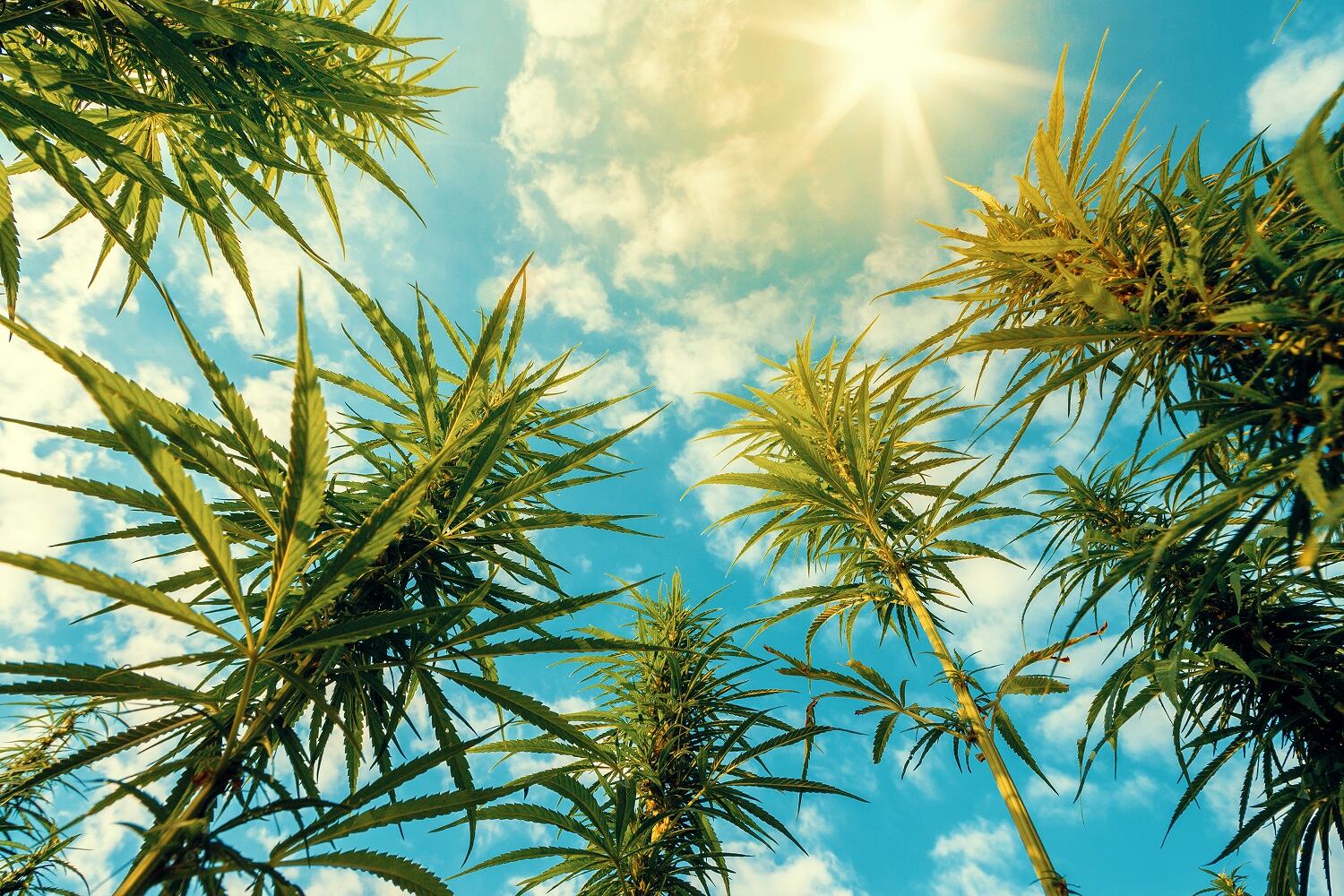The message was spread by speakers at the annual NoCo Hemp Expo, which was held as a hybrid in-person event at the National Western Stock Show complex in Denver on Friday and Saturday. The complex, which plays host to the annual eponymous stock show, one of the largest in North America, consists primarily of rodeo and horse show space as well as housing for the animals. But it includes a sizable amount of exhibit space that allowed organizers to set up a limited number of booths with wide aisles to provide for social distancing.
The tone of the presentations this year stood in stark contrast to the sky-is-the-limit mood of the last time the event took place as an in-person event in 2019. That event played host to 20,000 high-energy attendees and more would have come if the hotel exhibit venue could have accommodated a larger crowd.
Cautious mood on supply side
The mood this year by comparison was one of caution. In an opening session devoted to the supply side of the coin Julie Lerner, founder and CEO of PanXchange, which provides commodity pricing info for hemp and other industries, said that there has been too much supply chasing too little demand in the cannabinoid extraction space. Doing the math on sales figures for finished products and backing out the physical amount of extracted cannabinoids needed to support those sales led Lerner to a surprising conclusion.
“We believe less than 3,000 harvested acres of hemp was needed to fulfill the entire US cannabinoid demand last year. We are asking people to please not plant hemp for cannabinoids this year unless you have already sold your crop,” Lerner told the audience.
Garrett Graf, a managing attorney in the Hoban Law Group (a cannabis/hemp specialist) and host of the session, had similar sobering figures to report. Graf said the amount of licensed hemp acreage (as opposed to planted or harvested) in the US stood at 511,000 acres in 2019. That fell to 336,000 acres in 2020. In terms of acres actually harvested, the drop was even greater, from 134,000 acres in 2019 to 34,000 in 2020.
Another forum participant, Sean Murphy, founder of Hemp Business Journal, was equally blunt.
“Fear. I don’t like that word. I don’t think we should be fearful of this market, but we should be smart. In the early years it was ‘I’m going to plant this crop and get rich.’ It was a lot of excitement driving this market for a number of years. Now we’re past that,” he said.
“Now we’re telling people, don’t plant a crop unless you have someone in line to buy it. That’s why future contracts exist,” Murphy added.
‘Hot’ crops a continuing issue
Eric Steenstra, president of advocacy group Vote Hemp, said regulatory uncertainty continues to damage the market. In particular, Steenstra said a change is needed in the allowable THC level in a crop to protect farmers. Steenstra’s group, in concert with many other hemp industry stakeholders, has been advocating for a change to a 1% THC level by dry weight, up from the current 0.3%. The higher THC level, which would still fall far below a psychoactive threshold, is one that could realistically be regularly met under varying agricultural conditions.
“The main reason we are seeing as an impetus for this is that farmers are getting hurt. I estimate that 12% to 15% of hemp crops nationwide are testing hot,” he said.
Retail landscape full to bursting with tiny brands
In a later session focused on retail product sales, Alan Lewis, vice president of strategic initiatives at retailer Natural Grocers, said the market is unbalanced, and is populated by hundreds of small brands whose longevity might be in doubt. As in the supply end of the picture, the finished products end of the market seems ripe for a reset.
“From the data we’ve gathered in the natural channel, 50% of the sales in the past 52 weeks came from only 100 SKUs and those SKUs were from only 11 brands,” Lewis told attendees.
“The other 50% of sales is divided among 850 brands. Of those 850 brands vying for shelf space, only 23 of them had $500,000 or more in annual revenue. And as many of you know, in the CPG industry $500,000 is about the break even point,” Lewis said.


